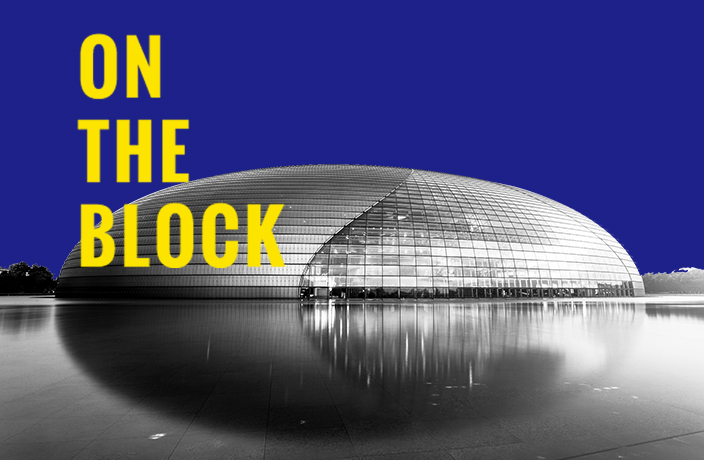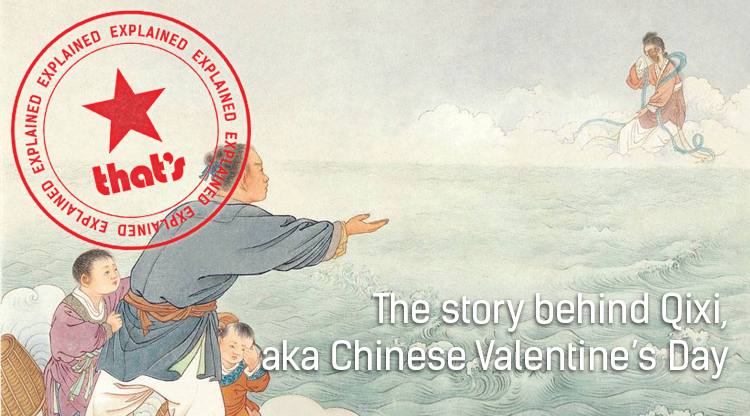Urban planning guidelines forbid the construction of “bizarre” and “odd-shaped” buildings that are devoid of character or cultural heritage. On the Block is a monthly series where we gather opinions on some of the unusual architecture that remains, from both a design and civilian viewpoint.
NCPA, Xi Chang'an Jie
The Building
The National Centre for the Performing Arts (NCPA), designed by French architect Paul Andreu, is a great dome surrounded by a lake. The titanium and glass-shell structure comprises an opera house and three halls that stretch across almost 12,000-sqm. Completed in 2007, it stands out from its environment and neighboring landmarks, such as Tiananmen Square and the Forbidden City. Although designed to resemble a rising sun or a pearl, the structure is more colloquially known as The Giant Egg.
The Residents’ View
The word on the street is that NCPA looks like – an egg. Pedestrian Liang says: “Well it’s colloquially known as the Duck Egg, so I guess it looks like a duck egg.” An elder gentleman surnamed Bi acknowledges that it looks like a duck egg but, “it could also look like the cover of a wok.” Chen has a slightly different interpretation, telling us: “It looks like a duck egg. But if you’re pessimistic, like an anthill.”
The Architect’s View
JSPA architect Florent Buis isn’t a fan. “The architect’s [Paul Andreu’s] intention was to create an ‘island on a lake.’ At first sight, he seems to have succeeded: the building clearly looks like an independent object floating on the water. It’s very photogenic,” he says. “But when you examine the interior organization of the project and its place in the city, it seems that the building’s functions and spaces are somehow trying to deal with the constraints of that radical idea. For example, the continuous water surface meant that an underground base was necessary for entering building. But the effect is that it broke the connection between the building and the city.
“Despite the architect’s discourse about creating an ‘urban public building for all,’ the underground base, where shops and restaurants were supposed to develop, didn't work out, and his formal concept created an isolated structure – mono-functional and reserved for the elite.”






















0 User Comments